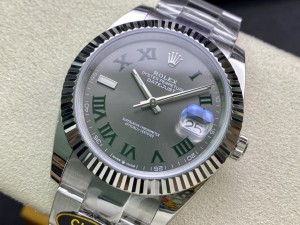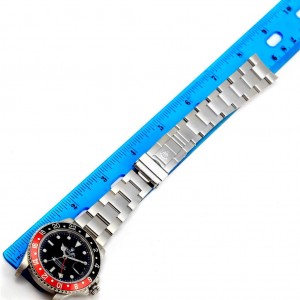Rolex and Omega often dominate the spotlight, celebrated for their timeless designs and technical prowess. Yet hidden beneath the waves of horological history lies a lesser-known pioneer that redefined underwater timekeeping in the 1960s – a brand offering the same rugged heritage at a fraction of the cost. 
Doxa, founded in 1889 by Georges Ducommun in Switzerland’s watchmaking heartland of Le Locle, initially carved its niche crafting elegant dress watches. But the brand’s destiny shifted dramatically during the postwar era, as recreational diving surged in popularity. In 1967, Doxa unveiled the SUB 300, a groundbreaking tool watch that transcended its utilitarian purpose to become a lifeline for divers. Unlike the era’s clunky, monochromatic designs, the SUB 300 boasted a vivid orange dial – a stroke of genius that enhanced visibility in murky depths. Its cushion-shaped case hugged the wrist like a second skin, while the “beads of rice” bracelet, with its interlocking segments, balanced flexibility and durability.
The watch’s development was no accident. Doxa collaborated closely with Jacques Cousteau, the visionary oceanographer whose expeditions captivated the world. Cousteau’s team rigorously tested prototypes, demanding innovations such as a no-decompression dive timer on the unidirectional bezel – a feature that allowed divers to track safe ascent times without complex calculations. Through his company U.S. Divers, Cousteau championed Doxa in America, cementing its reputation among professionals. The SUB 300 even achieved literary fame, appearing as the fictional “Dirk Pitt Doxa” in Clive Cussler’s adventure novels, worn by a hero who relied on its reliability to navigate underwater crises.
What set Doxa apart was its refusal to prioritize aesthetics over function. Every element served a purpose: the oversized luminescent markers glared through silt-clouded waters, the screw-down crown resisted leaks under pressure, and the rotating bezel clicked with reassuring precision. This was a watch designed not for yacht decks but for the abyss, where equipment failure meant catastrophe. 

Today, Doxa remains a cult favorite among purists, its modern iterations like the SUB 600T and SUB 250T GMT honoring the brand’s no-nonsense ethos. Recent releases at replica watches showcase subtle refinements – ceramic bezels, GMT complications – while retaining the DNA of the original SUB 300. Unlike luxury counterparts burdened by waitlists and premium pricing, Doxa offers accessibility without compromise.
The appeal is twofold: historical significance and unpretentious craftsmanship. Owning a Doxa isn’t about flaunting status; it’s a nod to an era when diving was equal parts wonder and peril, and a watch’s worth was measured in survival. As vintage replica Rolex prices soar into the stratosphere, Doxa stands as a testament to the golden age of exploration – a tool watch that still feels thrillingly alive, both in memory and on the wrist, for more information, please visit https://www.replicaimitation.com.
